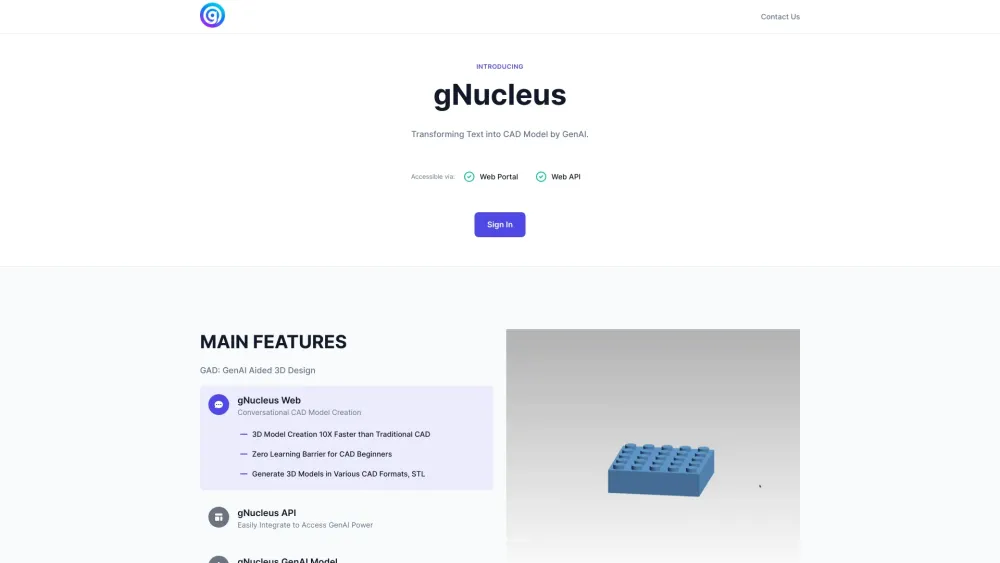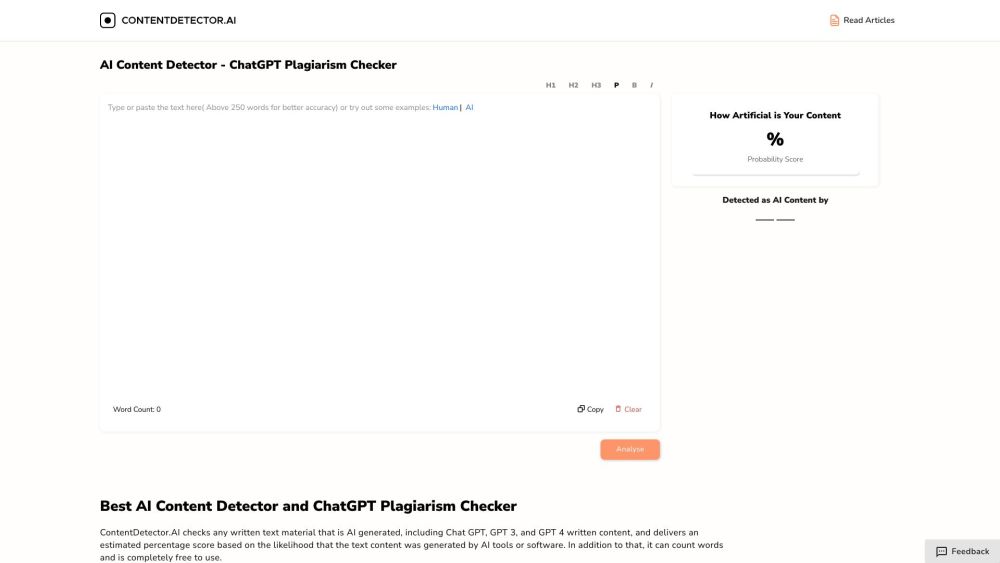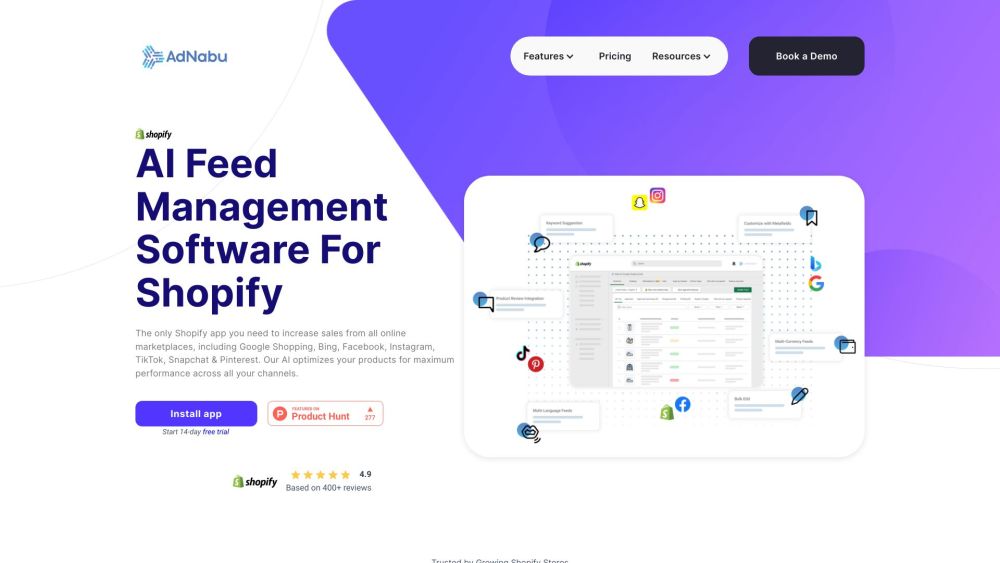The World Economic Forum (WEF) aims to rebuild trust, starting with essential themes of cybersecurity, cyber defense, and cyber resilience in 2024.
The latest Global Cybersecurity Outlook 2024 report highlights critical issues such as cyber inequity, the shortage of cyber skills, the need for cyber insurance, and strategies for achieving cyber resilience. A comprehensive approach that includes a "zero trust" framework would enhance the WEF's cybersecurity vision.
Key Findings from the WEF Report:
1. Geopolitical Instability: 70% of organizational leaders cite global geopolitical tensions as a major driver affecting their cybersecurity strategies.
2. Generative AI's Impact: Approximately half of the leaders believe generative AI will significantly influence cybersecurity in the next two years. Over 55% consider it an advantage for attackers, while only 27% of Chief Information Security Officers (CISOs) intend to use generative AI for data enrichment in Security Operations Centers (SOCs).
3. Weaponization of AI: Concerns are rising about large language models (LLMs) being used to develop attack tools. Reports indicate that nearly one in three executives have fallen victim to phishing scams.
4. Supply Chain Vulnerability: A staggering 98% of organizations have affiliations with third parties that have experienced breaches in the past two years.
5. Cybersecurity Fundamentals: 73% of leaders emphasize foundational cybersecurity practices to address vulnerabilities. Only 13% anticipate that human error will primarily cause breaches in the coming year.
Building Trust with Zero Trust Framework
Ignoring the zero trust principle poses a significant risk to long-term business trustworthiness. Many organizations, especially in manufacturing, opt not to report ransomware attacks to maintain relationships with partners. Meanwhile, ransomware incidents increase, often fueled by sophisticated social engineering techniques employed by attackers.
According to Merritt Baer, Field CISO at Lacework, “Effective ransomware defense requires ongoing security measures, not just reactive strategies during an attack.”
To counter these threats, a zero trust approach presumes that all networks and infrastructures might already be compromised. By treating all devices, users, and requests as untrusted until verified, organizations can bolster their security posture. The NIST 800-207 standard can guide organizations in this transition.
John Kindervag, the architect of the zero trust framework, emphasizes starting with a defined "protect surface" rather than jumping directly into technology adoption.
Enhancing the WEF Vision with Zero Trust
By utilizing insights from Accenture and the WEF, businesses can close trust-draining cybersecurity gaps through the following approaches:
1. Supply Chain Security: Prioritize securing software supply chains using zero trust principles to mitigate cyber vulnerabilities, as cited by WEF. Collaboration is essential, as 54% of organizations fall short in assessing their supply chain risks.
2. Least Privilege Access: Implement least privilege access to enhance cyber resilience.
3. Microsegmentation: While challenging, microsegmentation is vital for effective zero trust. It allows organizations to compartmentalize networks, preventing unauthorized access.
4. Multi-Factor Authentication (MFA): Streamline MFA design to improve user experience. Passwordless technologies are emerging as effective solutions for reducing reliance on traditional authentication methods.
5. Continuous Monitoring: With 29% of organizations impacted by cyber incidents in the past year, continuous monitoring is imperative for timely threat detection. AI-driven analytics can facilitate near real-time incident response.
The Business Case for Cybersecurity
In 2024, the evaluation of cybersecurity will focus on its capacity to minimize risks and drive revenue growth. Security leaders must develop adaptable frameworks that address evolving security needs effectively.
Investing in zero trust not only enhances security but also accelerates business growth. A proactive approach to cybersecurity will help maintain customer trust and preserve revenue. Trust is integral to business success, making its management a priority for growth in 2024.





